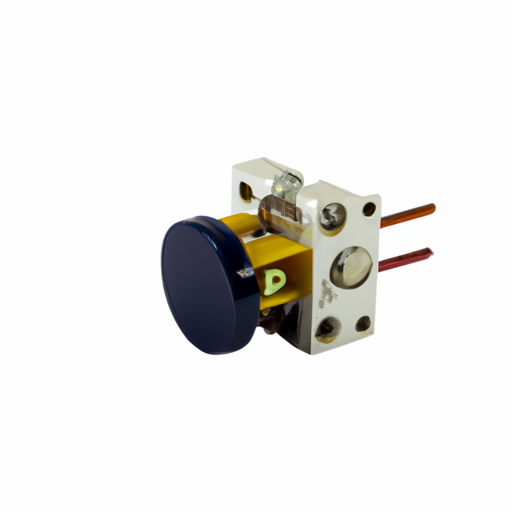


Potentiometers, also known as pots, are widely used in electronic circuits to control the voltage or current flowing through a circuit. They are variable resistors that allow the user to adjust the resistance by turning a knob or slider. There are several mainstream models of potentiometers that are commonly used in various applications. In this article, we will discuss some of the most popular models of potentiometers and their features.

2. Logarithmic Potentiometer: Logarithmic potentiometers, also known as audio taper potentiometers, have a logarithmic relationship between the position of the wiper and the resistance value. This means that the resistance changes exponentially as the wiper is moved along the resistive element. Logarithmic potentiometers are commonly used in audio equipment, such as amplifiers and mixers, where a logarithmic change in resistance is needed to control the volume or tone.
3. Dual Gang Potentiometer: Dual gang potentiometers have two separate resistive elements that are controlled by a single knob or slider. This allows the user to control two different circuits or parameters simultaneously with a single potentiometer. Dual gang potentiometers are commonly used in stereo equipment, where separate volume controls are needed for the left and right channels.
4. Multi-Turn Potentiometer: Multi-turn potentiometers have multiple turns of the wiper along the resistive element, allowing for finer control and more precise adjustments. This type of potentiometer is commonly used in precision instruments, such as oscilloscopes and signal generators, where precise voltage or current adjustments are required.
5. Trimmer Potentiometer: Trimmer potentiometers, also known as trim pots, are small, preset potentiometers that are used for fine-tuning or calibrating electronic circuits. They are typically mounted directly on the circuit board and are adjusted with a small screwdriver. Trimmer potentiometers are commonly used in applications where precise adjustments are needed, such as in radio frequency circuits or sensor calibration.
6. Motorized Potentiometer: Motorized potentiometers have a built-in motor that automatically adjusts the position of the wiper in response to a control signal. This allows for remote control of the potentiometer without the need for manual adjustment. Motorized potentiometers are commonly used in audio mixing consoles, where multiple channels need to be controlled simultaneously.
7. Digital Potentiometer: Digital potentiometers, also known as digipots, are electronic devices that use digital signals to control the resistance value. They typically have a digital interface, such as I2C or SPI, that allows for precise digital control of the resistance. Digital potentiometers are commonly used in digital audio equipment, such as digital mixers and effects processors, where precise digital control is required.
In conclusion, potentiometers are versatile components that are used in a wide range of electronic circuits to control voltage, current, or signal levels. There are several mainstream models of potentiometers, each with its own unique features and applications. Whether you need a linear potentiometer for volume control, a logarithmic potentiometer for audio applications, or a multi-turn potentiometer for precision adjustments, there is a potentiometer model that will suit your needs. By understanding the different types of potentiometers and their applications, you can choose the right model for your electronic circuit design.